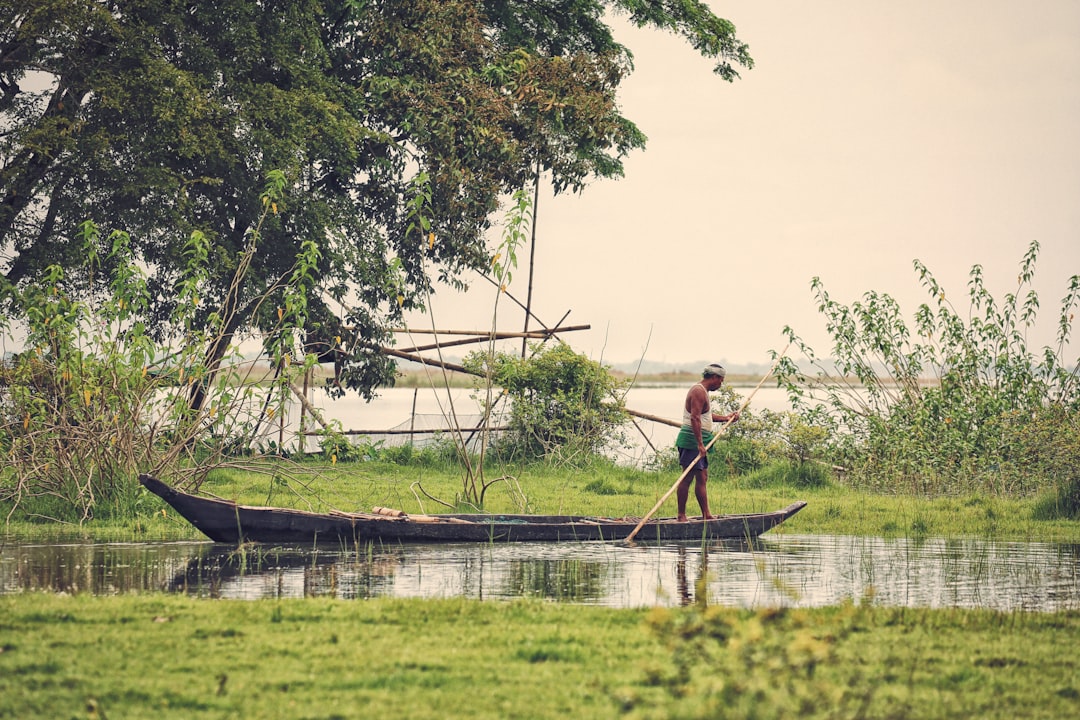What is it about?
Most tourism research is centred in the world's top tourism destinations. The present study focuses on the interactions between tourism and economic variables in twenty emerging markets. First, we provide a descriptive analysis and we rank the countries according to their percentage average annual growth in relation to a set of economic and tourism indicators during the last decade. By means of categorical principal component analysis we synthesize all the information of the rankings into two components: growth in the contribution of tourism to economic activity, and growth in hotel accommodation. Finally, we project all twenty destinations in a two-dimensional perceptual map.
Featured Image

Photo by Richard Griffiths on Unsplash
Why is it important?
This paper presents a new approach for positioning destinations based on tourism and economic growth rates. The paper focuses on emerging markests. We obtain four clusters of destinations: Mali and Madagascar, with the top positions in terms of growth of the economic contribution of tourism; on the other extreme, Jamaica, Cyprus, Croatia, Portugal and Ireland, which are the more mature markets; Botswana, Bulgaria, and New Zealand, with the top positions regarding the growth in hotel accommodation; and in the opposite situation, the Republic of Moldova, which in spite of a moderate growth in hotel accommodation, has experienced a high increase in the contribution of tourism to economic activity. These results aim to shed light on the relative positioning of emerging destinations with respect to their potential competitors.
Perspectives
Destination positioning is critical in the changing tourism market. This study aims to provide managers with a methodology to position destinations with respect to their competitors using official indicators.
Oscar Claveria
AQR-IREA, Univeristy of Barcelona
Read the Original
This page is a summary of: Positioning emerging tourism markets using tourism and economic indicators, Journal of Hospitality and Tourism Management, December 2016, Elsevier,
DOI: 10.1016/j.jhtm.2016.07.002.
You can read the full text:
Resources
Contributors
The following have contributed to this page










